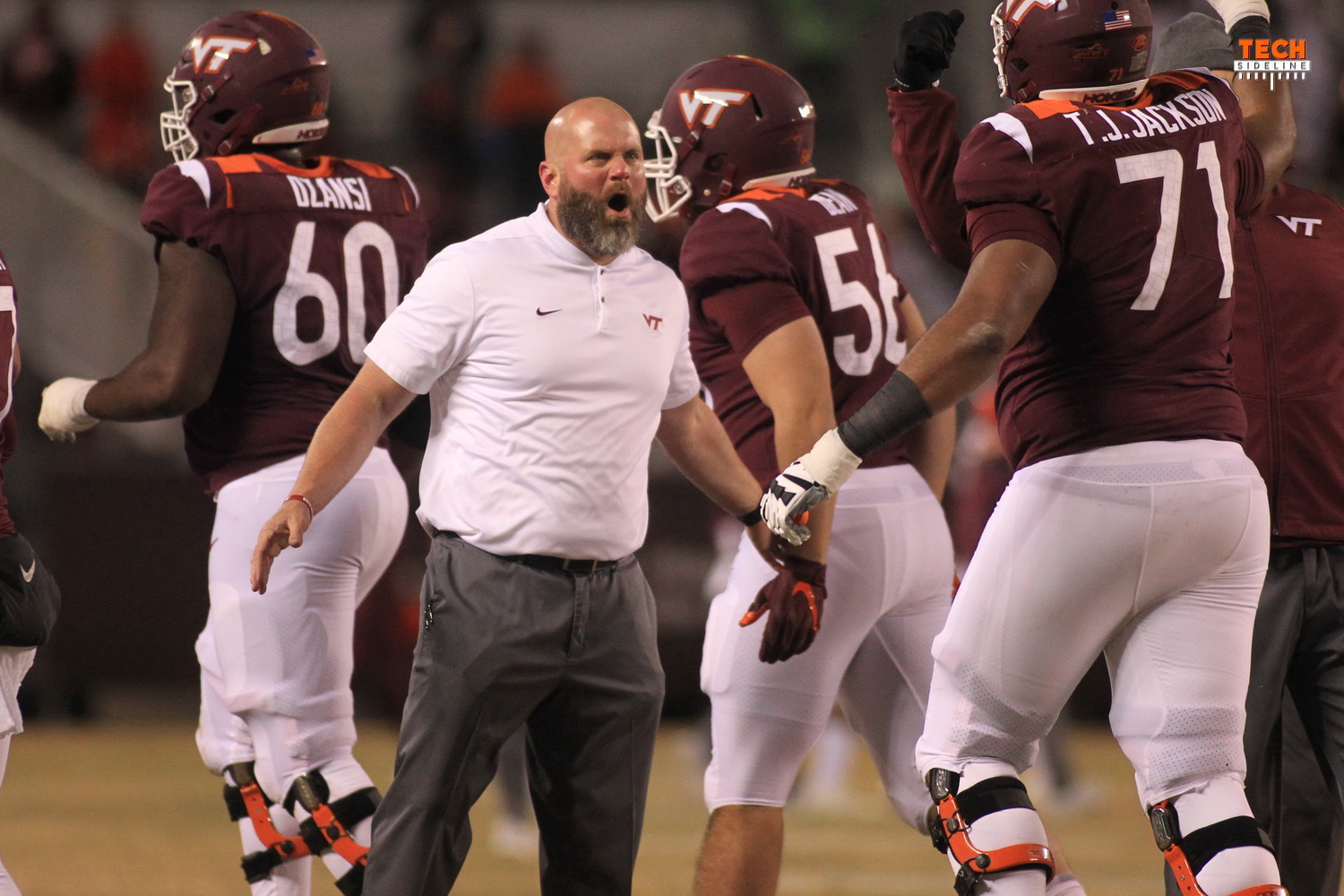
After Part 1 of this series went live, it struck me that it’d be impossible to meaningfully explain the differences between Gentry’s and Hilgart’s styles (which in the big picture are pretty subtle) to most folks if I didn’t first talk about the nuts and bolts of strength and conditioning. So before jumping into talking about the two coaches, I’m going to try to make this a short overview of S&C theory, and I’ll cant it towards Virginia Tech.
Football S&C grew out of a few things—traditional calisthenics routines (think guys doing jumping jacks and stuff like that), Golden Era bodybuilding routines, Eastern Block training styles for Olympic sports (especially weightlifting), and track and field training. The fingerprints of these disciplines are all over football training in different ways. You can tell from these roots that S&C coaches worry about strength, movement, speed, agility, and endurance. Over the course of a game, a strong, efficient, fast, agile, and conditioned player will generally outperform players lacking these traits. That player will also likely avoid more injuries by resisting or evading contact, and by not putting their limbs in awkward positions by getting too tired or from faulty mechanics. Because all these skills are used during a game, the coaches are always practicing them. This is called “parallel programming,” because different skills are trained at the same time (in parallel) as opposed to sequentially.
Those four skills feed into each other in different ways, but for younger athletes like college football players, developing strength gives the best dividends as far as potentiating the other skills. Developing strength also leads to improved muscle/fat ratios (“body composition”), which not only boost athleticism but provide protection against all the collisions involved in playing and practicing football. For these reasons, football S&C programming focused on strength training.
I want to emphasize that strength is a skill, and not some fixed output like engine torque. (The only exception here would be if you’re measuring your strength as part of being zapped by electrodes.) Imagine you’re doing three sets of ten reps on the bench press, and I’ve got a force-measuring sensor hooked to the bar. Most people would produce more force, i.e., be stronger, on their second or third set of reps than the first, or they’d be able to do more reps, or more proficient reps, than the first set. That’s just because the first set served as practice for the nervous system. This practice refined the skill. You could also improve your bench performance by practicing longer sets (improving endurance), performing the movement as fast as you can (improving speed), or by getting a tight pec or shoulder working better (improving movement.)
...Subscribe to read full story
Tired of low effort articles and clickbait? So are we. Subscribe to read great articles written by a full-time staff with decades of experience.
Already a subscriber? Login Here



